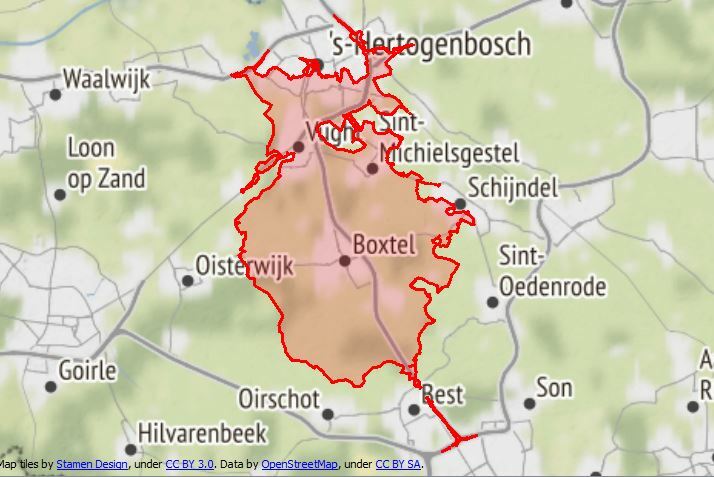I am experimenting with the creation of isochrones by using the network cost calculator. This works beautifully on small datasets but takes awfully long when using larger networks (in my case a routable dataset created from osm-data).
Can I somehow limit the maximum cost up to which connections between nodes should be calculated?







